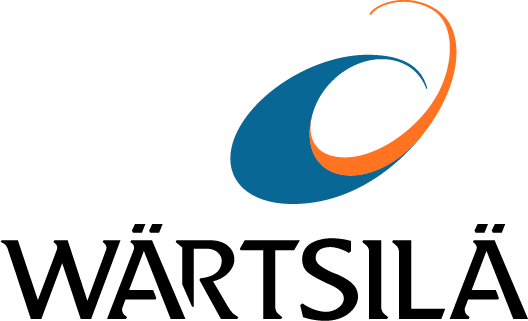

Converting your Wärtsilä 50DF engine into a spark gas engine saves fuel and cuts emissions
A spark gas (SG) engine uses a spark plug to ignite gas fuel: it does not rely on a liquid pilot fuel injection. That is why SG engines run only on gaseous fuel and do not use a backup diesel fuel system.
Because a spark gas engine is optimised for LNG as fuel, it produces a better energy output per unit of fuel. This means fuel savings and lower emissions compared to those of dual-fuel engines.
Converting dual-fuel engines into SG engines can cut methane slip by up to 75% at 50-percent engine load.
Who can benefit?
Spark gas conversion is available for vessels powered by Wärtsilä 50DF engines - LNG carriers, for example. Because of the tightening emissions regulations in Europe, vessels sailing in the EU area will find the conversion especially interesting.
In practice, the spark gas conversion will convert one or two out of four Wärtsilä 50DF engines to SG. The scope of supply includes:
- Engine combustion components
- Gas system components
- Turbocharger components
- Engine automation system
A Greenhouse Gas Reduction upgrade for the other two Wärtsilä 50DF engines can also cut the methane slip for the vessel.
To achieve even more emission savings, a hybrid battery solution can be integrated into the vessel.
The most optimal time to do the conversion (and the upgrade and the hybrid integration) is during a major engine overhaul.

Why choose the Spark Gas conversion?
With the tightening emissions regulation such as Fuel EU Maritime and EU ETS, decarbonisation is necessary when LNG carrier owners want to stay competitive in the market.
To decarbonise and cut GHG emissions, LNG carrier owners can choose to do the following:
- Optimise the operation of the engines by maintaining optimal loads most of the time. Choosing this option means that the owners must be ready to pay penalties if the vessel doesn’t comply with EU ETS and Fuel EU Maritime requirements.
- Seek compliance through vessel pooling.
- Cut the vessel’s methane slip. The Spark Gas conversion upgrade for dual-fuel engines is an effective way to do that.
Because a spark gas engine is optimised for LNG as fuel, it produces a better energy output per unit of fuel. This means fuel savings and lower emissions compared to those of dual-fuel engines.
Confirmed emissions reduction
THC emissions confirmed during EIAPP tests in Bermeo in June 2024.
- Less methane slip in all load ranges
- Proven 75% reduction of methane slip at 50-percent load
- Cslip values improved from an earlier default value: from 3,1% Cslip down to 1,1% Cslip (including methane slip from crankcase)

Fuel savings lead to lower OPEX
Consumption figures confirmed during EIAPP tests in Bermeo in June 2024.
- The SG engine is clearly more efficient than a DF engine when the load is below 75%.
- When the pilot fuel needed for the DF engine is included, the SG engine uses 1,2% - 5,7% less fuel.
- The SG engine achieves 4,6% fuel savings at 50% load.

How to achieve big savings with the SG conversion
Converting your LNG carrier’s dual-fuel engines to SG technology can bring you significant savings because you will save fuel and cut emissions. This infographic shows you the numbers.
Related solutions
Here are great solutions – whether you want to upgrade or even convert your engine, or identify your best options for decarbonization for your vessel or fleet.
Important insights
Hand-picked press releases
Why Wärtsilä?
Wärtsilä has extensive experience in spark gas -ignited engines from the energy market. The proven technology and experience can now benefit LNG carrier owners.
The figures – up to 75% methane slip reduction and the 3,5% fuel savings – have been confirmed in EIAPP tests. They are not just promises, but proven figures.
Take advantage of Wärtsilä’s expertise in decarbonisation modelling. We can use your vessel’s operational data and analyse the benefits you could get from the SG conversion. And the additional benefits from other technologies.
Your easiest step towards more competitive, decarbonised operations is a feasibility study. Let’s discuss your needs and options!





